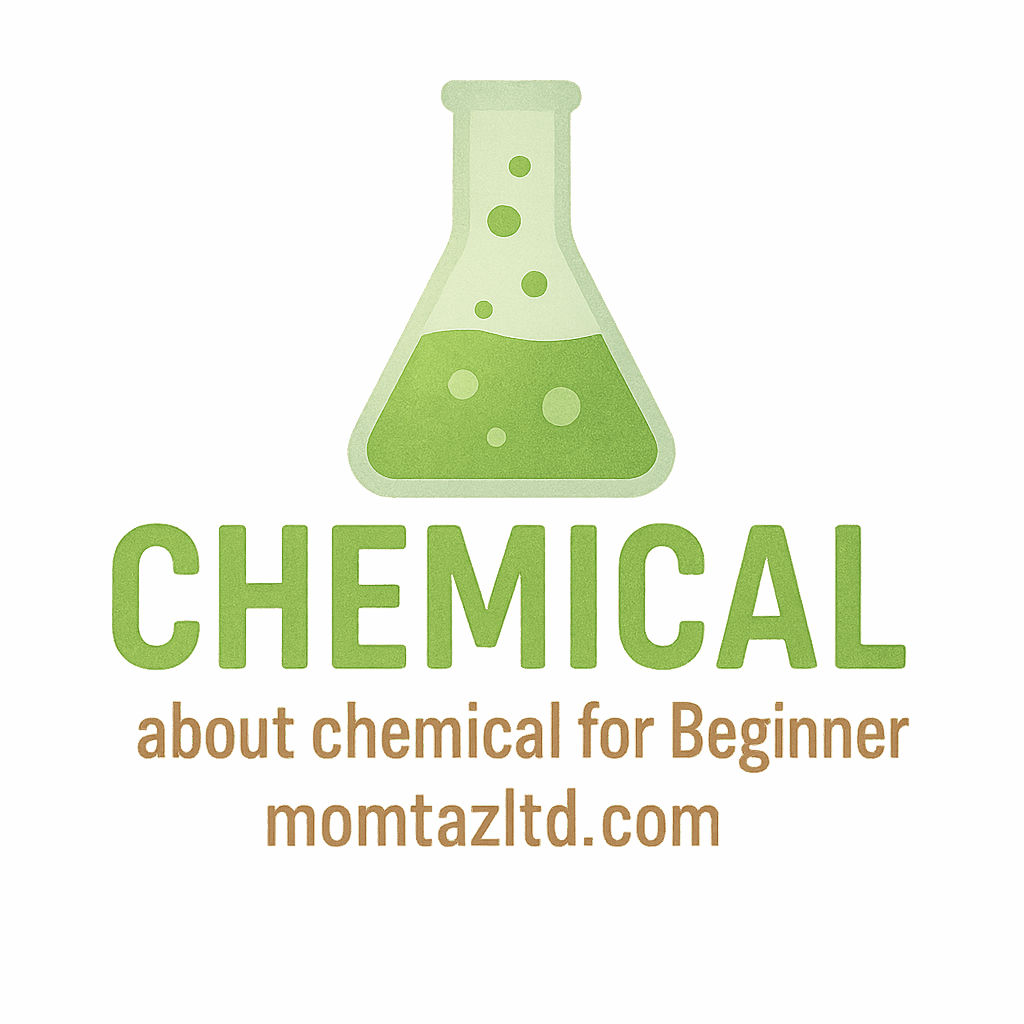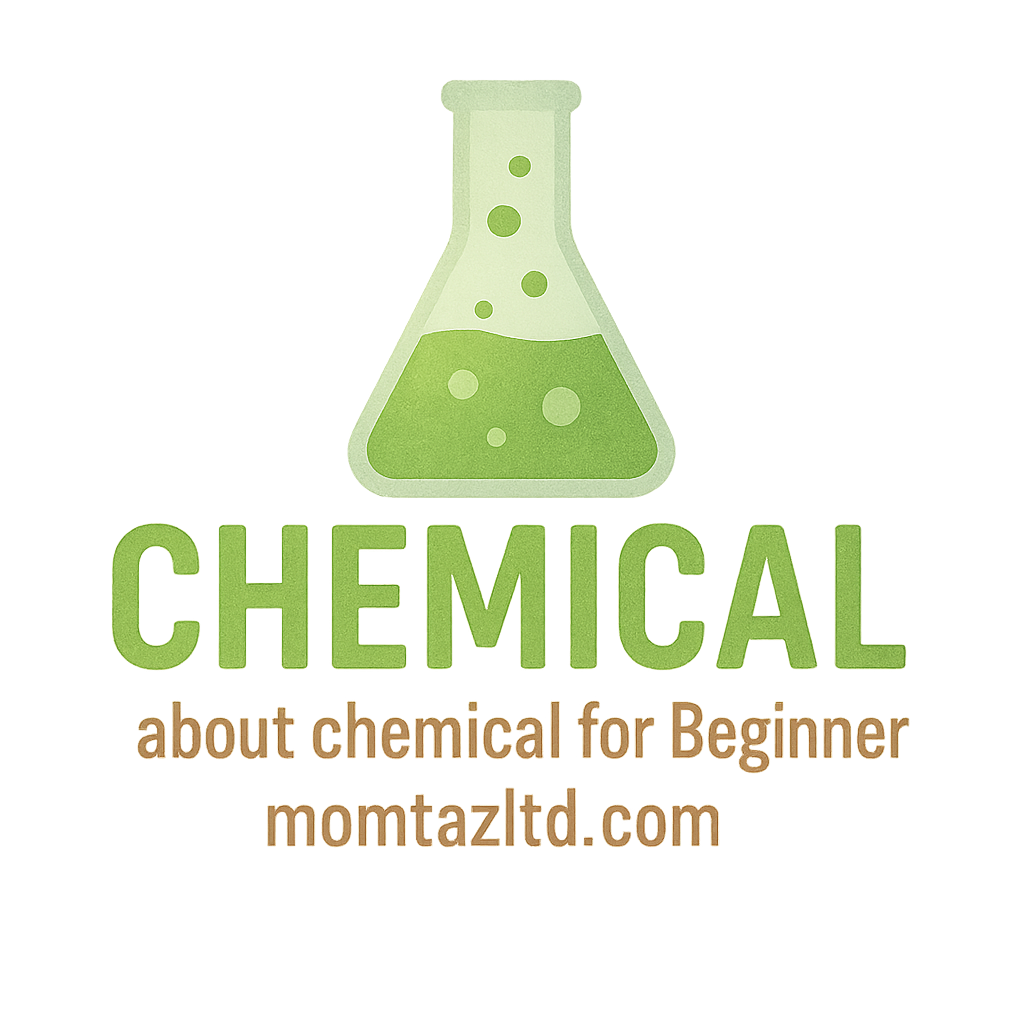Introduction: Why Chemical Safety Matters
Chemicals are part of our daily lives—whether you’re cleaning your bathroom, running a science experiment, or handling substances in a workplace. But here’s the catch: even beginners often underestimate how dangerous a small mistake can be. A splash, a spill, or a whiff of the wrong chemical can lead to accidents. That’s why knowing the first aid steps for chemical beginner mistakes is not just helpful—it can be lifesaving.
This guide breaks down six simple but essential first aid steps, giving you confidence to act quickly and wisely when accidents happen.
Understanding Beginner Mistakes with Chemicals
Common Household Chemical Errors
Household cleaning products may look harmless, but mixing bleach with vinegar or ammonia can release toxic fumes. Many beginner mistakes happen when people skip label instructions or improvise cleaning “recipes.” If you’re curious about safe everyday use, household chemicals resources can help.
Laboratory Chemical Beginner Mistakes
In school labs or beginner experiments, spills and splashes are common. Improper use of safety goggles, forgetting gloves, or mishandling acids can lead to chemical burns. Exploring laboratory chemicals basics helps reduce these risks.
Industrial Chemical Beginner Challenges
Beginners in industrial settings often struggle with storage, handling large volumes, or reacting too slowly to accidents. Mistakes here can be bigger in scale, so proper industrial chemicals training is critical.
The Basics of First Aid for Chemical Accidents
Why Quick Response Is Critical
Chemicals don’t wait. Burns deepen within seconds, inhaled fumes spread fast, and delayed responses can make injuries worse. That’s why first aid must be immediate.
Linking First Aid to Long-Term Safety
First aid isn’t just a “quick fix.” It’s the bridge between preventing further harm and getting professional treatment. When paired with proper knowledge from chemical basics, you become far better prepared.
Step 1: Remove the Source of Exposure
Clothing, Gloves, and Immediate Actions
The first step is to remove yourself—or the victim—from the chemical source. Take off contaminated clothing, gloves, or shoes right away. The longer the skin stays in contact, the worse the damage.
Household vs. Laboratory Approach
At home, it could be as simple as washing off spilled cleaning liquid. In labs, use an emergency shower if available. For industrial settings, safety drills should guide you. Resources on chemical safety give practical storage and removal strategies.
Step 2: Flush the Area with Water
Eyes, Skin, and Accidental Inhalation
Rinse, rinse, rinse! Use cool running water for at least 15–20 minutes. For eyes, hold eyelids open and keep flushing. If it’s inhalation, move to fresh air immediately.
Special Notes for Acid vs. Alkali Burns
Acids and alkalis behave differently, but for both, water is still your safest bet. Don’t try to neutralize in the moment unless a professional guide recommends it.
Step 3: Neutralize if Safe and Advised
When Neutralization Works—and When It Doesn’t
Some sources recommend mild neutralizers, like vinegar for alkalis or baking soda for acids. But here’s the truth: unless you’re trained, don’t attempt this. Incorrect neutralization may worsen the injury.
Myths About Neutralizing Household Chemicals
Pouring random liquids over a spill doesn’t make you safer. Mixing more chemicals can release dangerous reactions. Read more on chemical reactions before trying neutralizers.

Step 4: Cover and Protect the Injured Area
Clean Bandages and Avoiding Further Harm
After flushing, gently cover burns with a sterile, non-stick bandage. Keep the area moist but protected.
Avoiding “Do-It-Yourself” Mistakes
Don’t apply butter, toothpaste, or home remedies. They trap heat and chemicals, causing more harm. Beginners often make this mistake. Following expert advice from learn from experts prevents such errors.
Step 5: Seek Professional Medical Help
When to Call Emergency Services Immediately
Call for help if the injury involves the eyes, large skin areas, or breathing difficulties. Even “minor” chemical accidents should be checked by professionals.
Information to Provide to Doctors
Bring the chemical container, label, or safety sheet to the hospital. This helps doctors choose the right treatment. For career-oriented training, explore chemical careers.
Step 6: Report, Learn, and Store Chemicals Safely
Learning from Beginner Mistakes
Accidents can be embarrassing, but reporting them helps others learn. Schools, labs, and companies often create new safety rules after such incidents.
Safe Storage Tips for Homes, Labs, and Industry
Lock cabinets at home, label containers in labs, and follow strict industrial guidelines. Guides on chemical storage explain how simple organization prevents future accidents.
Building Confidence with Chemical Safety Knowledge
Using Beginner-Friendly Guides
Resources like beginner chemistry blogs and tutorials make chemical learning accessible. The more you know, the safer you become.
Why Practice and Awareness Matter
Just like fire drills, practicing chemical accident responses makes real situations less chaotic. Even small awareness campaigns, like lab experiments, strengthen beginner confidence.
Conclusion: Turning Mistakes into Lessons
Chemical accidents happen, especially when you’re just starting out. But mistakes don’t have to define your journey. By following these 6 first aid steps for chemical beginner mistakes, you turn panic into action, danger into safety, and errors into lifelong lessons. Always respect chemicals, keep learning, and make safety a habit. For deeper resources, visit Momtaz Ltd.
FAQs
Q1: What’s the very first thing I should do if chemicals spill on me?
Remove contaminated clothing immediately and flush with water.
Q2: Can I use milk or oils to wash off chemicals?
No. Stick to water—other substances can trap chemicals.
Q3: How long should I rinse my eyes after chemical exposure?
At least 15–20 minutes under running water, and seek medical help.
Q4: Should I try neutralizing chemicals at home?
Not unless instructed by professionals. Water flushing is safest.
Q5: What if I accidentally inhale chemical fumes?
Move to fresh air immediately and call for medical help if symptoms persist.
Q6: How do I prevent chemical beginner mistakes at home?
Read product labels, avoid mixing cleaners, and store chemicals safely.
Q7: Where can I learn more about chemical safety and careers?
Check out chemical scientists and practice chemistry resources for guided learning.


